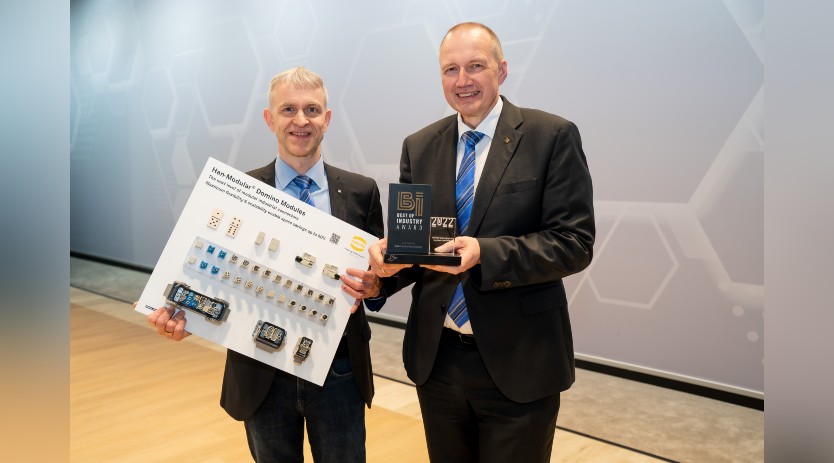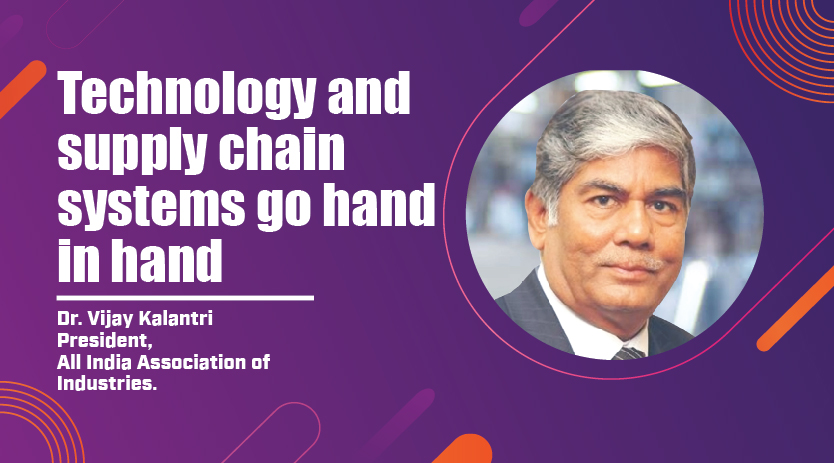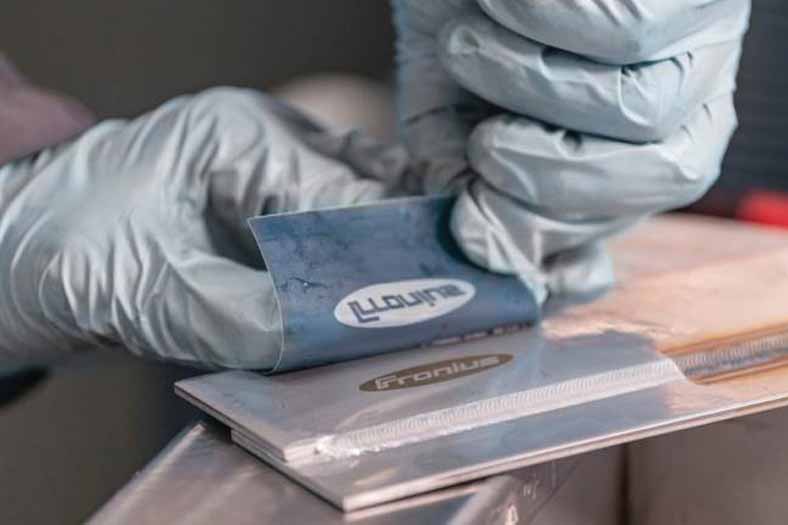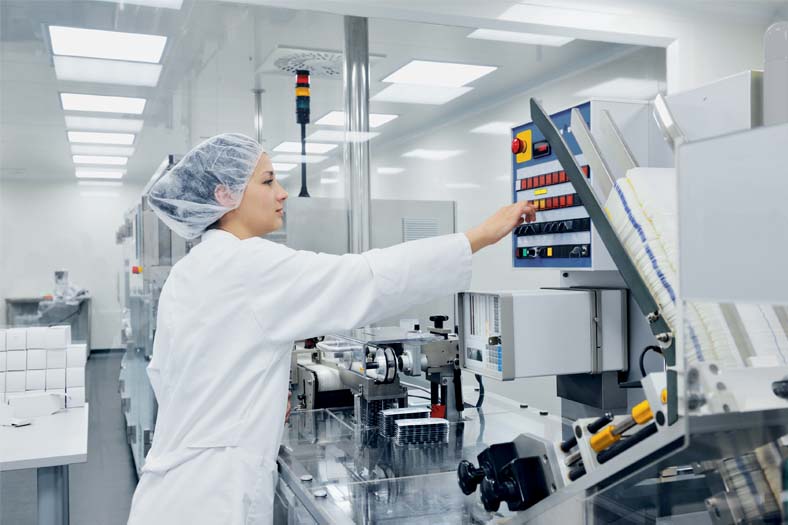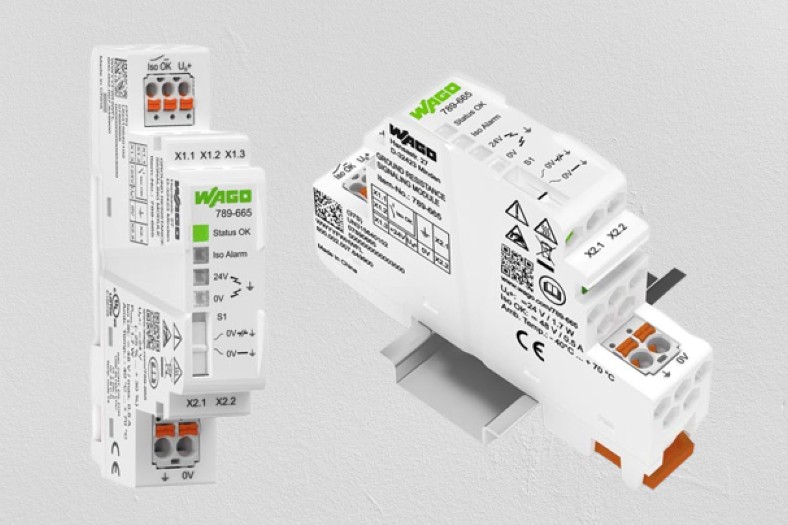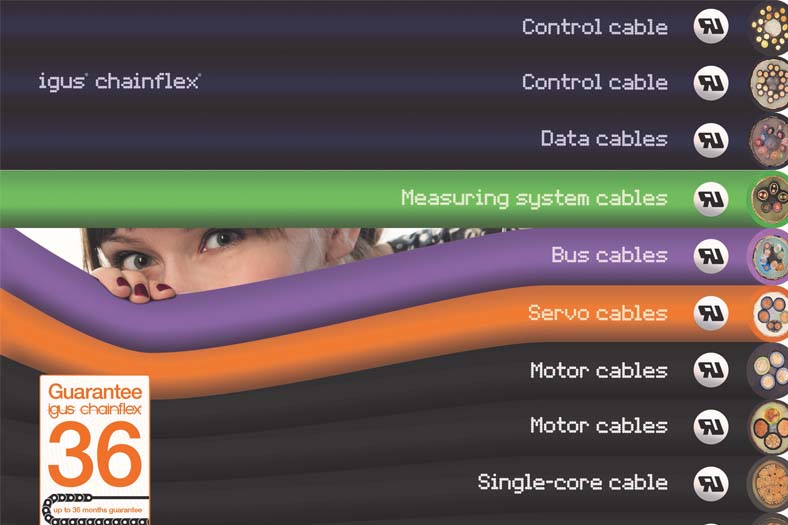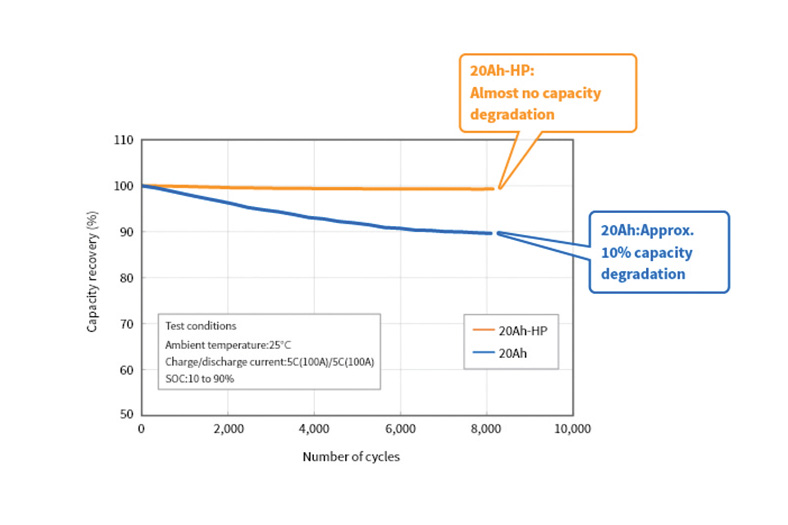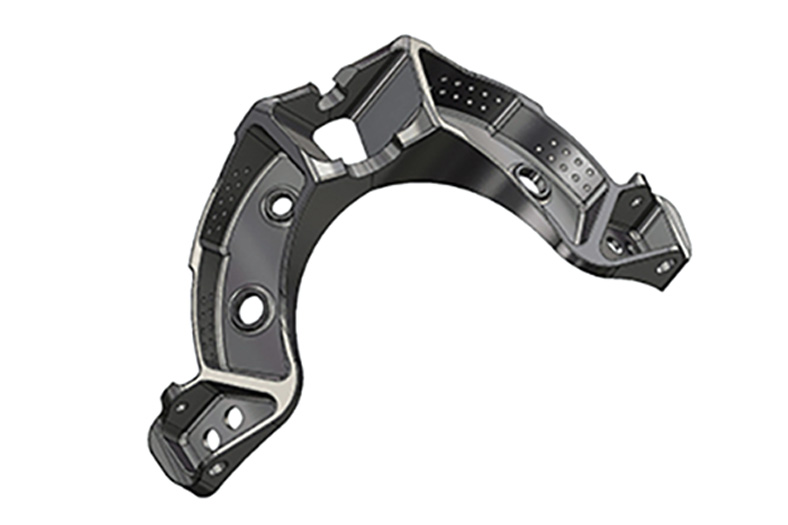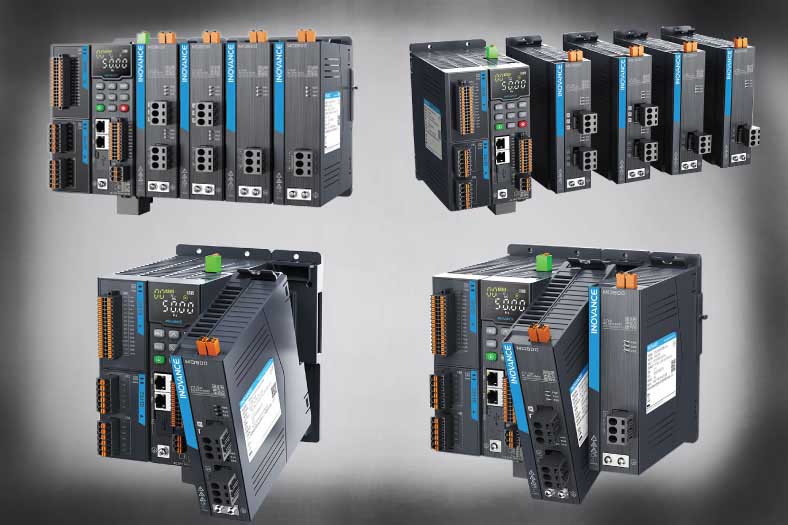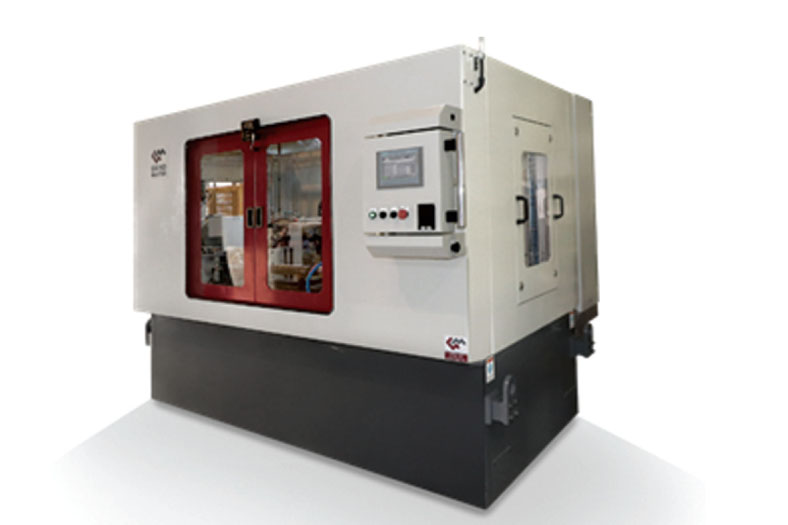How to select correct HVAC systems
February 10, 2017 2:52 pm
With various types of food processing plants for the different categories of foods, we take you through the ways to select the correct HVAC system.
The types of food processing plants differ according to the categories of food. The processing facilities for every food item are different. However, all food items have some basic features that remain the same. The atmosphere in which the food products are kept must be clean and a proper temperature should be maintained. This will not only keep the food healthy and safe, making it edible for us, but it will also have a control on the spread of bacteria and similar contaminants.
It goes without saying, that only properly qualified technicians, fully knowledgeable of food safety requirements, should be involved in the design, installation and maintenance of your HVAC systems.
Following are some of the well defined guidelines that are crucial for the HVAC services for the food plants.
Ventilation and Safety
The fundamental requirement of any food production unit is to have a properly cool and clean processing room. The HVAC systems are the most critical control points in the overall management of the food processing plants and must be maintained as per the guidelines in order to knock out any airborne pathogens, allergens and other potentially harmful components. The colder temperatures prove to be a hindrance for the growth of bacteria. Hence, having a properly maintained and controlled system is a basic requirement.
Air flow and filtration is another crucial aspect in food processing. The airborne contamination is a leading suspect in spreading pathogenic contamination. The flow of unfiltered air and an improper air circulation has a direct link to most of the contamination events that have taken place over the years.
In order to have a completely flawless system, it has to be absolutely air tight so that one does not lose the conditioned air in the ductwork.
Food Plant HVAC Ventilation and Food Quality
Improper ventilation is a disaster for the food processing plant. It can lead to the flow of odours that impart undesirable flavours to the processed food products. It is advised that there should be a sufficient number of air changes and proper filtration must also take place. It is estimated that as the number of products rises, a minimum of 15-20 air changes per hour can be sufficient. Some cleaner rooms and specific products require more complete air changes per hour to ensure minimal bacteria exposure and longer shelf life.
Periodic measurement and verification are critical to maintaining the ideal airflow for the food products and facilities. In addition to this, the filters must be checked and changed regularly to ensure they are functioning properly.
Worker Health and Safety
The safety of the workers is an essential factor in any factory unit. The plants need to be monitored carefully. The contaminants and the allergents that the employees breathe can result in illnesses that may also be passed on to the food production and result in expensive employee absence and turnover rates.
“Every building has a different requirement for HVAC. Therefore, it is important to keep a close watch on the application of HVAC systems. It is compulsory to do a requirement analysis for the air conditioning space. Your short team and long team requirement are the key drivers to choose the effective system,” says, Sanjeev Sseth, Country Leader – HVAC and Transport – India and SAARC Markets Asia Pacific and India SBU, Ingersoll Rand.
Sseth shares the process that can be used to select the correct HVAC system for food processing plants. He says, “The choice provides you an overall satisfaction in terms of cooling, heating, maintaining desired temperature and the comfort. There are various options available to select the right system.”
Sseth puts up the following points that can be used as guidelines to select the HVAC systems.
Load pattern
This helps you understand what affects your load pattern. Additionally, it will help you observe and monitor your load with respect to the HVAC needs, The chill water system design could be based on primary & Secondary loop on primary variable depending upon the load pattern inside the building
Selection of Units
Select the optimum unit, not too big or not too small. The selection will help you drive your efficacy and Return of Investment (ROI), you can choose both full load and part load efficiency chiller or VFD (Variable frequency drive) can chosen
Type of units
Based on your operational need, there are options to choose from Air cooled system, water cooled system or VRF unit. The former is easy to maintain and the later drive good at energy. Calculate system efficiency and cost while choosing a unit.
“One of the most important aspect before you purchase HVAC system is to ensure that you understand the volume of all spaces where you want HVAC System,” points out Sseth. He emphasises that the HVAC system needs to be designed as per the building and the load pattern. This is done for providing optimum condition required for space. Also the system needs to have optimum fresh air to be cooled through air handling unit, fan coil unit or vav. “This will help your HVAC provider to determine the amount of power a system will need, check into filters, humidifiers and dehumidifiers if they are not built into the heating-cooling plant,” adds Seth.
The type of HVAC system that one can go for depends on the size and load of the building. In addition to this, the occupancy pattern in case of DX system, VRF and packaged can be effective in case of Chilled water system, Air-cooled screw chiller or centrifugal chiller Air Handling pump and Cooling towers can be used.
Air Cooled Chiller are lower maintenance, packaged system, better low-ambient operation the COP varies based on the chiller size and requirement . “In general Air cooled chiller are available with COP 3.0 . These are large machines and requires large space in outdoor location for the installation. They are available with AFD and Non AFD option,” concludes Sseth.
Rakesh Juneja, Vice President- Central Air Conditioning, Johnson Controls-Hitachi Air Conditioning India Ltd says, “Food processing plants can be classified into many categories depending on the type of food it is catering. While the design of the HVAC system for these facilities may look different depending on the food category it is meant for like frozen food, meat, sea food, fresh fruits and vegetables etc., the basics remain the same i.e. ensuring human health and safety.”
Therefore, be it a large scale food processing plants or a small scale commercial kitchens, choosing the right HVAC system becomes very crucial. The HVAC system in such plants is not only responsible for maintaining the right sanitary standards, humidity control and the inside temperature of the facility, but it can also account for almost 35 per cent of the overall power consumption, thus making it all the more difficult for the HVAC consultant to choose the right HVAC system.
“Considered as one of the most premium brand in Indian air conditioner industry, we are constantly working on new cutting edge technology in our product categories which comprises of Room AC, VRF, Chillers and other commercial air conditioners. Besides this, we are also involved in the trading of Refrigerators and Air Purifiers, and we also undertake complete projects in HVAC category,” adds Juneja.
Sharing the company’s offerings for refrigeration, Juneja says, “For a small scale commercial kitchen or food processing facility, we offer VRF Systems and Takumi Range of Ductable Air Conditioners. Designed keeping in mind the needs of HVAC Consultants, Hitachi’s SET-FREEKyosho Range of VRF air conditioning offers a holistic approach to air conditioning small units with varied needs. It comes enabled with an air-conditioning management system that makes it easier for users to have simple, effective control of their air conditioning units to avoid unnecessary energy wastage, including overheating, overcooling and unattended operation.”
The Takumi Ductable range of ACs are designed and engineered to provide intelligent features and reliable energy efficient systems with added benefits of reduced ceilings, flexibility, easy installation and power savings.
For a large scale food processing, Hitachi offers Water Cooled Screw Chillers that have highly efficient cooling solution. “With its precise and continuous capacity control technology, user friendly LCD touch panel and high performance twin screw compressor, it provides cooling with low noise and low vibrations which is ideal for industrial and commercial purposes,” claims Juneja.
Without proper installation and timely maintenance, any HVAC system is bound to malfunction. This will certainly lead to a high level energy consumption and health hazards. Keeping these points into consideration, the implementation of energy efficient cooling solutions should take place. This will ensure that high energy bills and poor installation will never turn things sour.
Cookie Consent
We use cookies to personalize your experience. By continuing to visit this website you agree to our Terms & Conditions, Privacy Policy and Cookie Policy.




